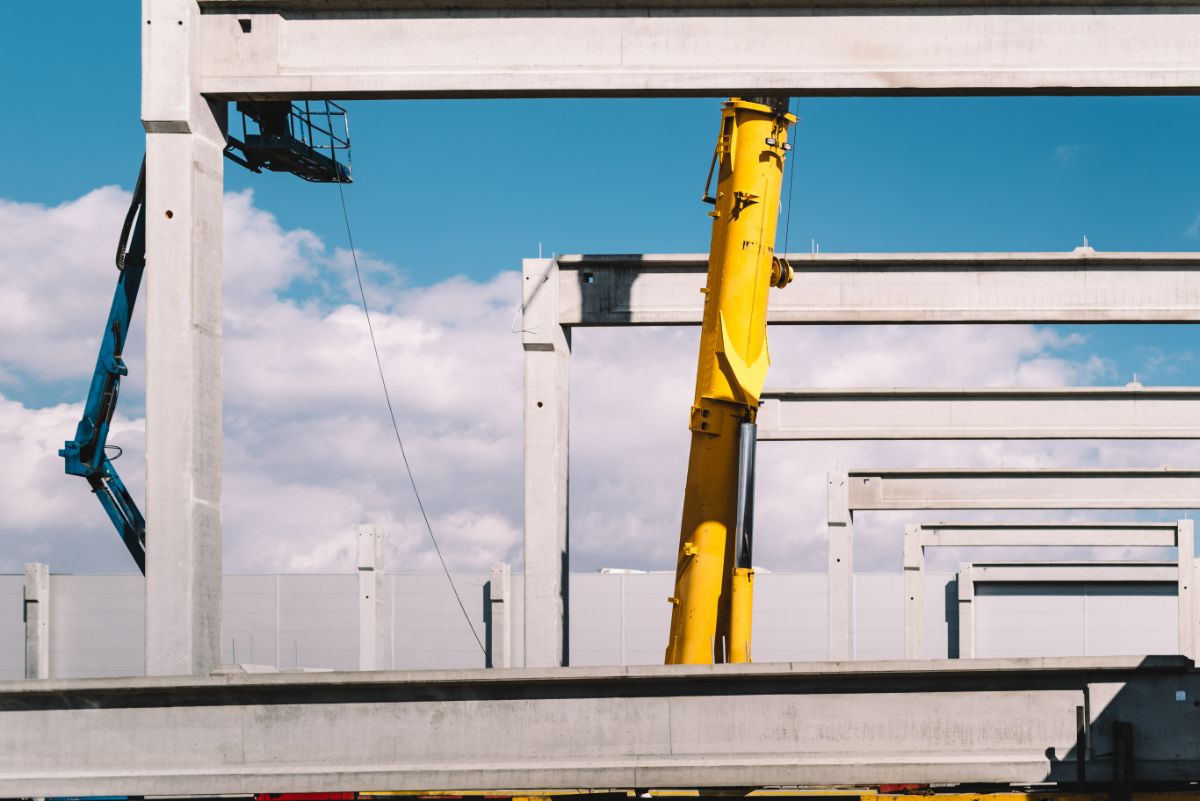How is iron and steel transported?
- Steel chains
- Wooden Blocks
- Metal Binders
- Steel Railings
- Coil Cars
- Shipping Containers
Being one of the most in-demand products, steel is one of the most widely distributed construction materials in the world, being transported to almost any part of the world. This is very evident, especially in countries like the Philippines, where steel products are constantly on the move in order to supply some of the upcoming projects.
When it comes to transporting steel, various methods have been put into place in order to ensure that the shipping process is able to proceed safely and smoothly. To understand how steel is transported to various locations safely and securely, here are some of the most common practices that are being done.
Proper Locking Methods
One of the most important parts of securing steel is making sure that all products are properly locked in place during the transportation process. Steel is a heavy material that can cause damage and accidents if not secured properly. Locking methods vary depending on the type of transportation used, which is why it is best to identify how each one secures their steel products. Here’s how different modes of transportation secure their steel:
Trucks – Transporting steel using trucks can be one of the most challenging methods, as you would not only need to secure the steel, but also make sure that vehicles or personnel near the vicinity would remain safe during the moving process. One of the most common methods to secure steel is through the use of binders and railings that would prevent them from moving and slipping around.
Steel chains are also employed as a locking mechanism, due to their ability to secure steel on different types of transportation, especially trucks. Steel beams have a tendency to move around during transportation, which can cause accidents that can end up being fatal. Traffic management is also a crucial factor, as logistics companies would plan ahead to prepare for the possible hazards and obstacles on the way.
Ships – Another common method of transporting steel is through the use of ships, which are able to carry and accommodate large amounts of imported or local steel products. Depending on the size, most steel products are kept secure inside shipping containers, which prevents them from getting scattered around during high seas.
For larger steel sections, these can be kept secure by adding clamps and coils that would be able to withstand different kinds of movement during the shipping process. Using ships to transport containers is very advantageous, as you are able to deliver steel products in bulk across massive distances in a matter of a few days or weeks.
Railways – Arguably one of the oldest modes of transportation used to move steel to different areas, trains remain as one of the most efficient modes of transportation for delivery purposes, due to the fact that they can move from station to station with little hindrance.
One of the most common methods of securing steel products on trains is through the use of coil cars, which allow the placement of steel bars and sections, and prevent them from rolling around, which has the potential to damage or derail the train during transport. Along with coil cars, simple blocking methods such as the use of wooden blocks are also employed.
Important factors to consider when transporting steel
Transporting steel is serious business, due to the many challenges that might emerge during the whole shipping process. This is why it is important to consider these factors to ensure the safest delivery possible.
Take note of the different steel types being transported – A major factor that dictates the way you transport and secure steel is the type and shape of steel. Not every securing method works for all kinds of steel, as steel products like sheet metal require a different approach compared to securing steel bars. Weight is also a big factor, as all kinds of transportation have their capacity limits to take into consideration.
Mapping out the best route – Efficient traffic management allows the transportation of steel products to move more smoothly, avoiding hazards that might emerge along the way. This means picking the safest route on the way to the destinations and map out possible danger and traffic zones that might cause inconveniences along the way. This goes for all types of transportation, including trains, as they have schedules to meet, and tracks to cross that might be cross by other trains during certain intervals.
Make use of proper tools and equipment – Along with picking the right transportation methods and routes, it is equally important to make sure that you are using the right tools and equipment to secure your steel products. Safety equipment is always a must during the transportation process, as it protects everyone from possible hazards. Using the right tools to secure steel is a measure that must be taken in order to prevent steel from moving around.
Key Takeaway
Transporting steel is one of the biggest logistics challenges that any steel or delivery company can face. By using these methods to secure steel products, companies are able to ensure that they are able to transport their materials safely and reach their destination without any problems.




